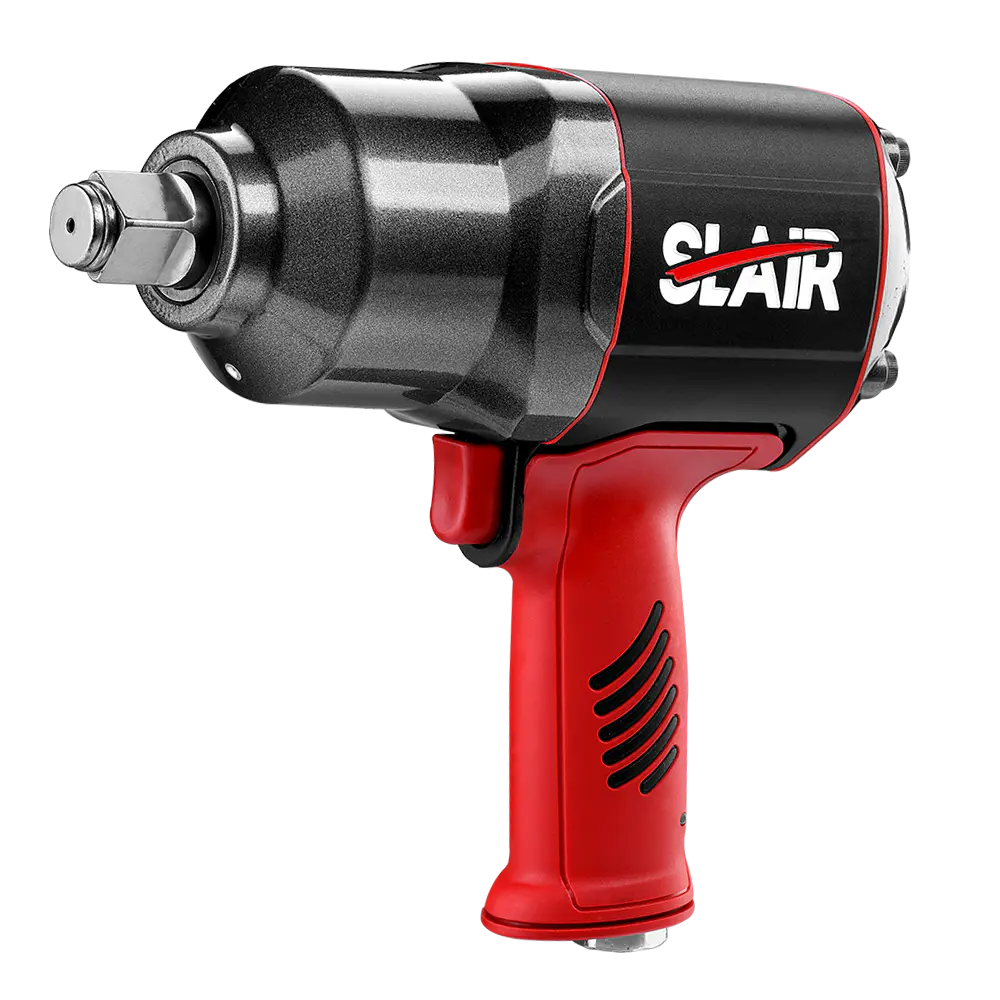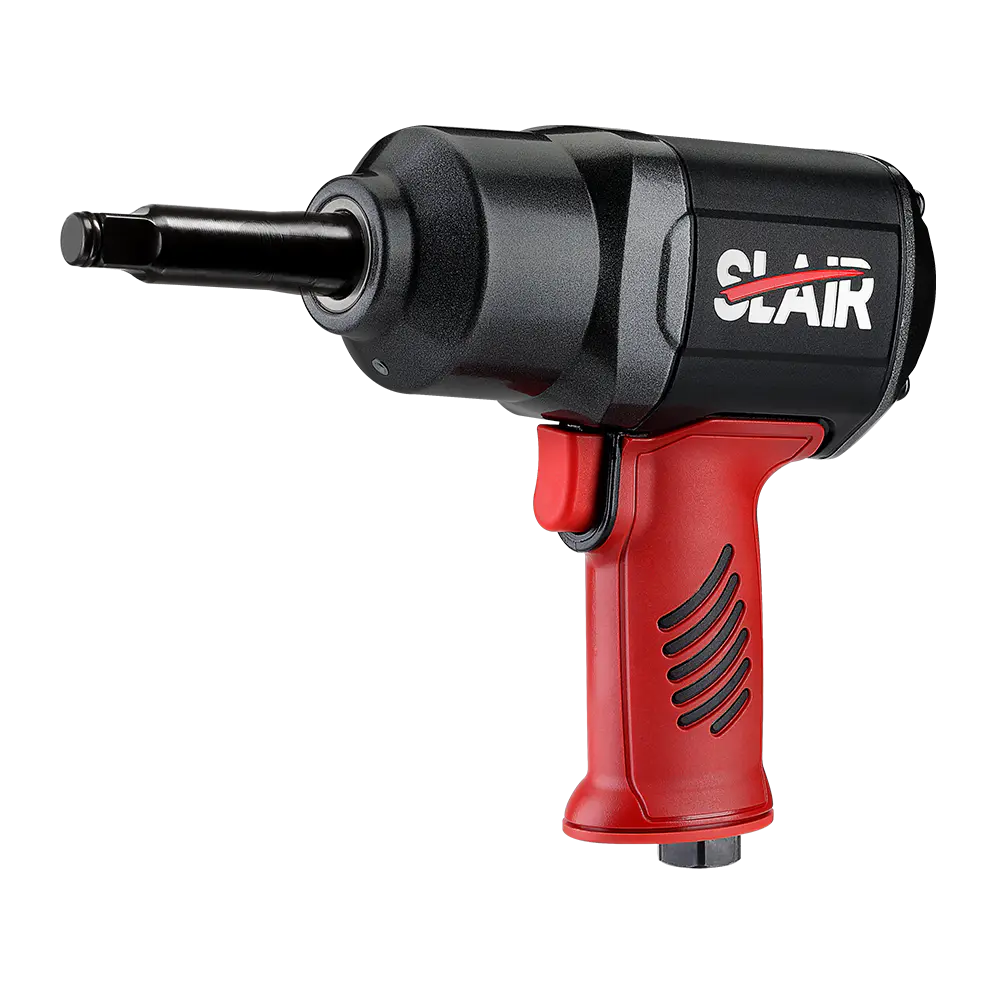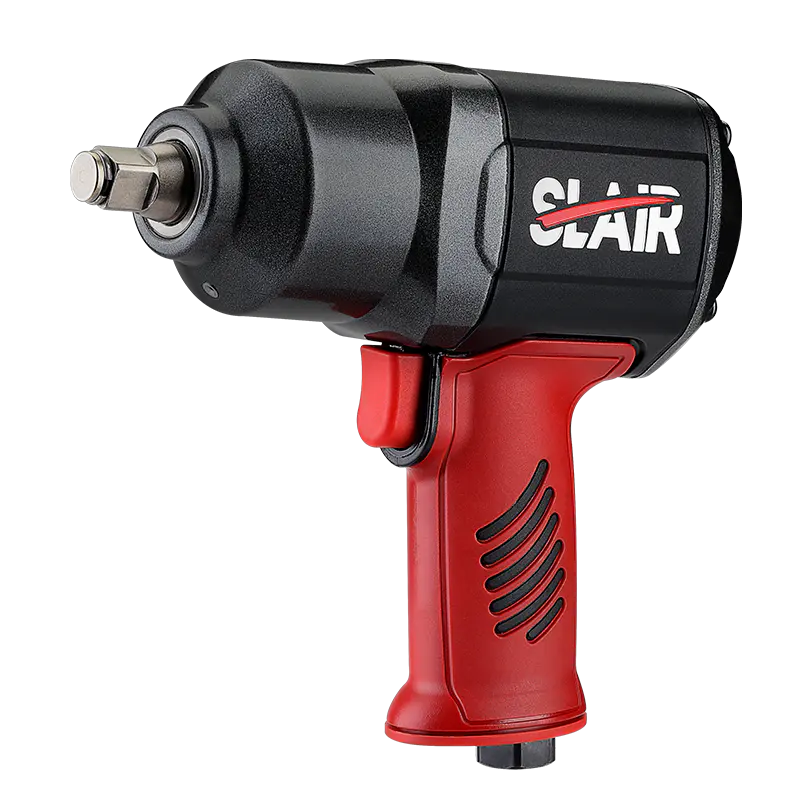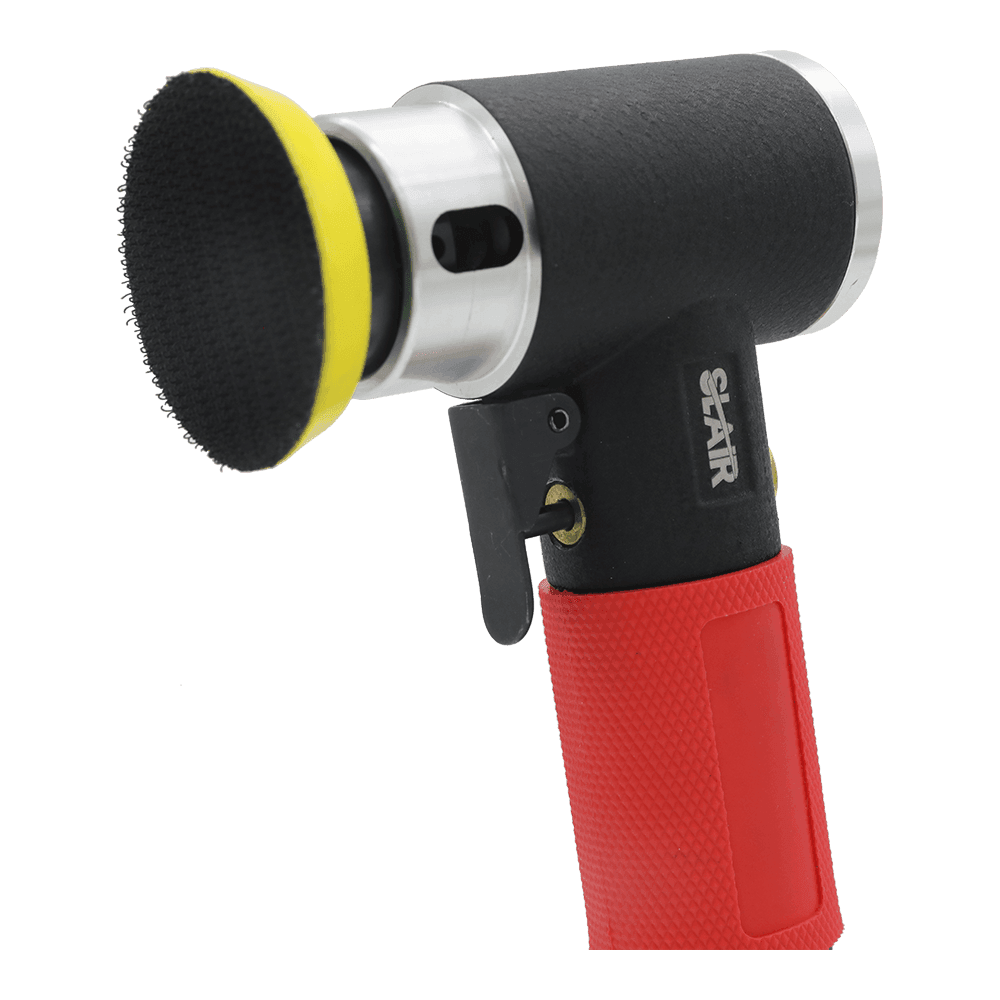The weight of an air impact wrench can have a significant impact on its portability and ease of use, especially in situations where the tool needs to be carried or used for extended periods. Here's how the weight influences these aspects:
Portability:
Lighter Weight: A lighter air impact wrench is generally more portable and easier to carry from one location to another. This is particularly important for users who need to move the tool frequently or work in different areas.
Heavier Weight: Heavier wrenches may be less portable, especially if they need to be transported by hand. For applications that require mobility, such as automotive repair or fieldwork, a lighter tool is often preferred.
User Fatigue:
Lighter Weight: A lighter air impact wrench is generally associated with reduced user fatigue during prolonged use. This is crucial for tasks that require extended periods of operation, such as assembly lines or large-scale construction projects.
Heavier Weight: Heavier wrenches can contribute to operator fatigue, especially if they are used for long durations without breaks. This can impact productivity and increase the risk of musculoskeletal strain.
Overhead or Vertical Applications:
Lighter Weight: When working in overhead or vertical applications, a lighter air impact wrench is easier to maneuver and control. This is advantageous for tasks such as installing overhead fixtures or working on elevated structures.
Heavier Weight: A heavier tool can be more challenging to control in overhead applications and may require additional effort from the operator, potentially leading to discomfort or reduced precision.
Accessibility in Tight Spaces:
Lighter Weight: In tight or confined spaces, a lighter
air impact wrench can be more maneuverable and easier to handle. This is beneficial for tasks that require reaching into small or restricted areas.
Heavier Weight: Heavier tools may be more cumbersome in tight spaces, limiting accessibility and making it more challenging to position the wrench accurately.
Tool Balance:
Lighter Weight: A well-balanced tool with a lighter weight is easier for the operator to control, contributing to better overall handling and reducing the risk of accidental slippage.
Heavier Weight: Heavier tools may feel less balanced, especially if the weight is not distributed evenly. This can affect the operator's control and precision during use.
Job Site Mobility:
Lighter Weight: In mobile job site applications, such as construction sites or service vehicles, a lighter air impact wrench is more convenient to transport and carry.
Heavier Weight: For applications where the tool remains stationary or is mounted on equipment, the weight may be less of a concern in terms of mobility.
Ultimately, the choice between a lighter or heavier air impact wrench depends on the specific requirements of the tasks at hand and the preferences of the user. Balancing weight with power and durability is key to ensuring that the tool meets the needs of the application while providing ergonomic benefits for the operator.





 English
English 中文简体
中文简体 русский
русский Deutsch
Deutsch Português
Português Español
Español
















